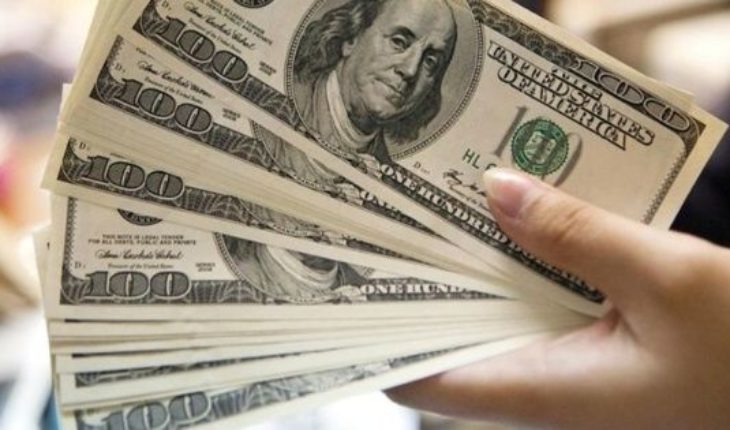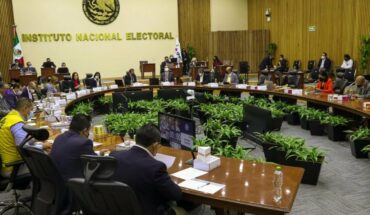in the debut of the new scheme of ‘floating bands”between $34 and $44 of the Central, the dollar fell $1.13 to $40,75.
The explanation is given by the intervention of the National Bank in the wholesale segment and the announced tender for 60,000 million pesos of cash lyrics (Leliq) at a minimum rate of 65%. At the same time, the dollar came close last week on the rise with a value close to $42, where the Central Bank again intervene in the future of the dollar.
However, remains uncertainty in the foreign exchange market and they predict high volatility days.
The new esquemaPor one side, the free floating of the exchange rate between $34, the floor, and $44, the ceiling will remain. The Central will not leave to intervene in the market until the price of the currency reaches that price. At the same time, bands will rise to 3% per month, being progressive and preset devaluations.
If the dollar exceeds $44 there will be daily interventions of up to u$ s150 million, of not achieving is not set out how maintains the scheme. This point is what brings more uncertainty.
The new monetary policy is a blend of two systems, on the one hand “the tablita” progressive devaluations but floating bands are updated instead of a value. Thus, the “inflation targeting” program is set aside and is adopted this exchange rate band with a monthly adjustment of 3%.
The adjustment of 3% per month implies that the dollar, met the scheme, could close the year around $48. In the first three months of the intended total regime to intervene is u$ s 9,000 million.
Therefore, if the price falls below $34 – very unlikely – the Central will buy dollars. If it exceeds the ceiling of $44 will sell up to $ 150 million per day, exceeded this amount are not clear of the Central tools.
Effects of the new monetary policy the new monetary scheme, announced on Wednesday passed through the new Central Bank President, Guido Sandleris, will have effects on economic activity. Domestic consumption, industry and trade seem to be the main victims to a policy that seeks to narrow the amount of pesos circulating, to reduce pressure on the dollar and lower inflation.
The adjustment variable will be the interest rate, currently at 65% annual, which is expected to rise. This affects not only those who are currently owed but makes very expensive to take new loans, precluding the production financing.
dollar bank recession Central
Sandleris





